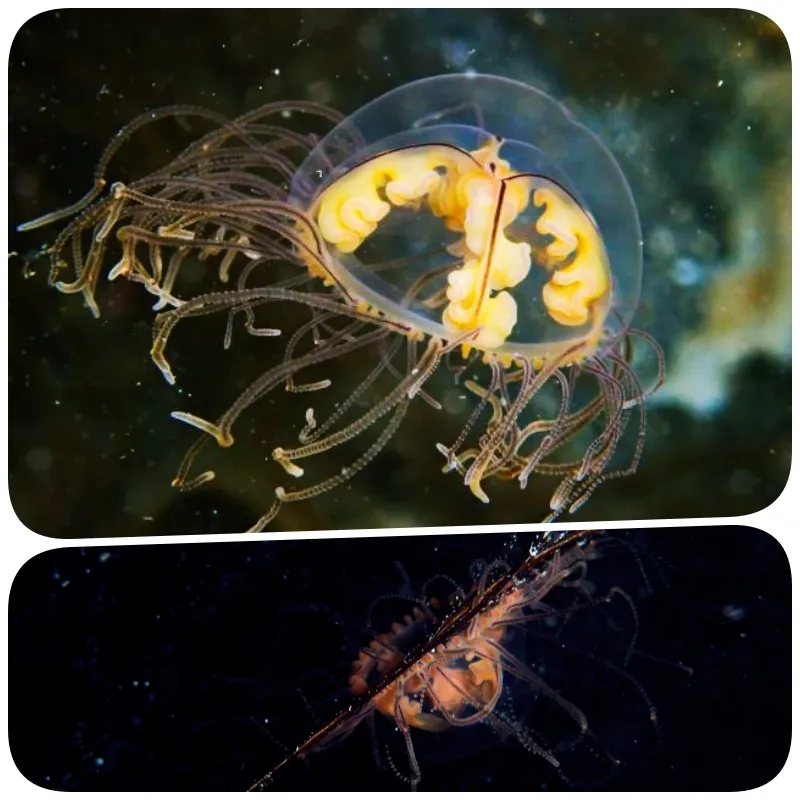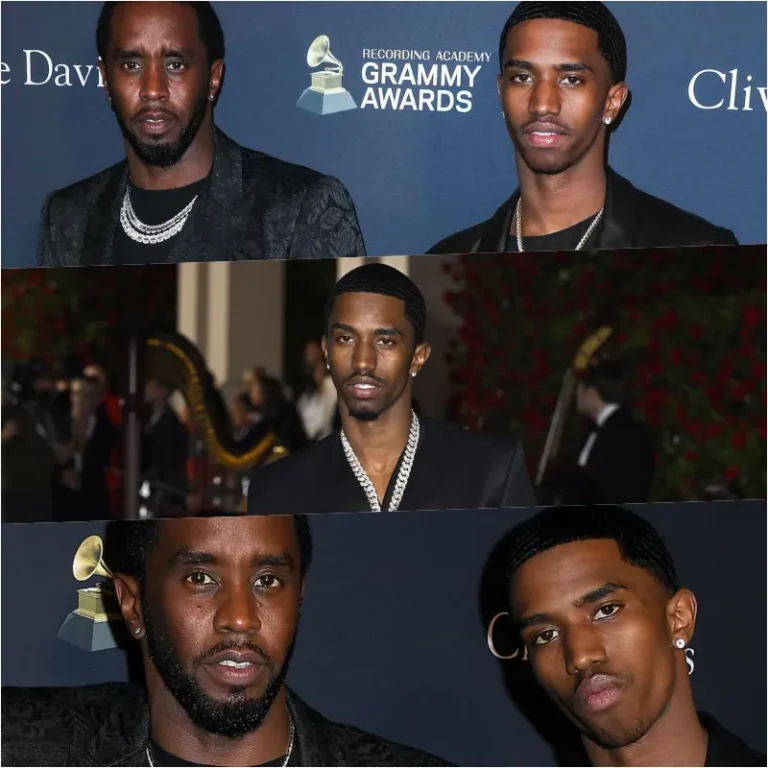
“An innovative international project, supported by significant EU funding, aims to develop cutting-edge technologies to detect and manage invasive species across European waters, safeguarding ecosystems and public health”
Invasive species pose a serious threat to ecosystems and public health, and now, thanks to a major international initiative, efforts to control these species in European waters are receiving a significant boost. The Faculty of Aquaculture and Biosciences at Nord University is playing a crucial role in this collaborative project, aptly named GuardIAS, which is focused on the early detection and management of invasive alien species (IAS) in both marine and freshwater environments across Europe.
“The GuardIAS project will introduce innovative technologies to facilitate the early detection and tracking of human-introduced species across European seas and lakes,” explains Mark Costello, the project leader at Nord University.
Nord University recently secured nearly ten million NOK in EU funding to support their participation in this ambitious project. These funds will be used to create a comprehensive genetic reference library, which is essential for the accurate identification of species through genetic analysis of water samples. However, as Professor Joost Raeymaekers from Nord University notes, “There is still much work to be done in expanding our reference data for various species.”

Harnessing AI and Citizen Science
In addition to genetic analysis, the project will employ artificial intelligence to develop a mobile app that can identify invasive species. “We are building a photo library for at least one hundred species, which will be integrated into the iNaturalist platform,” says Costello.
iNaturalist is a popular online platform where users can share information about biodiversity. The new app will allow users to identify plants and animals using their smartphones, contributing valuable data to ongoing research and conservation efforts.
“Photos of suspected invasive species will be reviewed by experts for validation, enabling timely detection and response to potential threats to ecosystems and industries like aquaculture,” adds Costello.
A Collaborative Global Effort
The GuardIAS project is a large-scale initiative involving 19 research institutions from 14 countries, including New Zealand and Australia. With a total budget of 6.4 million euros, the project is spearheaded by the University of the Aegean in Greece.
As a research endeavor, GuardIAS will evaluate various methods for their effectiveness, reliability, and cost-efficiency in developing an Early-Warning System for IAS in European waters. Nord University will be integral to this process, employing two postdoctoral researchers for the duration of the project.
“Some invasive species may appear harmless or even beneficial, such as those that create new fisheries. However, others pose significant risks to native species and ecosystems, warranting substantial investment in their management,” says Costello.
Strategic Focus Areas: Nord University will lead the “Early Detection and Monitoring” work package, focusing on several key tasks:
– Developing a comprehensive DNA reference library and testing its use in detecting IAS.
– Building a photographic database of IAS for AI-based identification through the iNaturalist SEEK app.
– Conducting studies to predict which species are likely to become invasive based on their biogeography and ecological traits.
– Assessing the risks posed by invasive species like the Red King Crab and Humpback Salmon, which have already begun invading Norwegian waters.
– Promoting international collaborations beyond Europe.
– Developing a Benefit-Cost Analysis model to prioritize IAS eradication efforts.
The Global Threat of Invasive Species
In the words of the UN’s Intergovernmental Science-Policy Platform on Biodiversity and Ecosystem Services (IPBES), over 3,500 invasive species currently threaten global biodiversity, the economy, and public health. These species are linked to more than 60 percent of global plant and animal extinctions and cost the global economy over 400 billion dollars annually.
While the EU has committed to mitigating the negative impacts of invasive species, many European countries have yet to implement effective legislation to address the issue. The GuardIAS project represents a significant step forward in this global fight, leveraging cutting-edge technology and international collaboration to protect our natural world.




